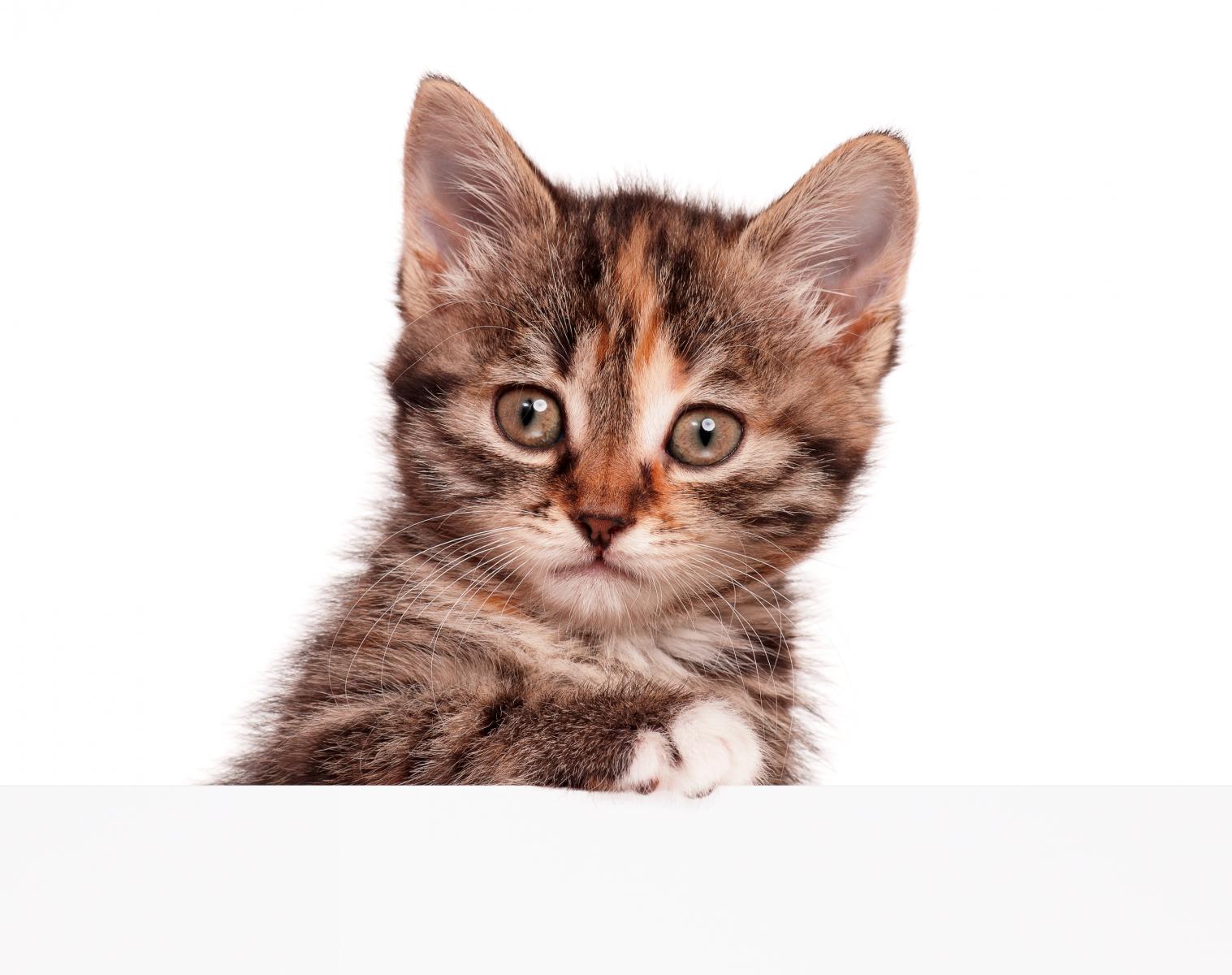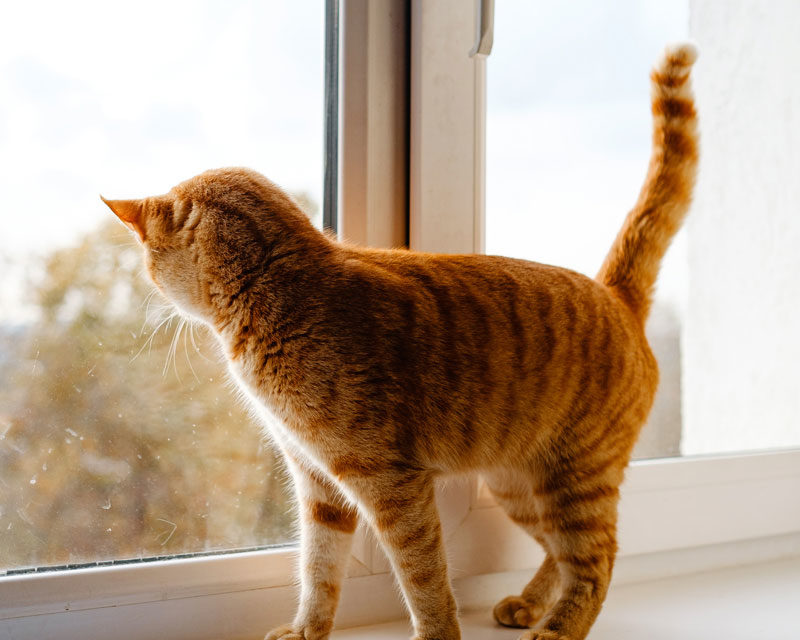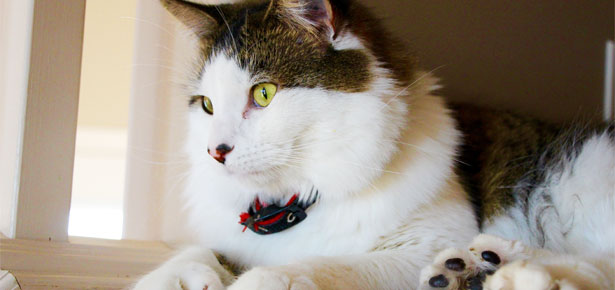

How to Deal with Common Feline Skin Conditions
And the underlying issue they might be signaling
Being familiar with the signs of common skin irritations and diseases in your feline companion is important for your cat’s health. Certain skin problems could be sign of a more complicated underlying issue, such as physical pain, discomfort, or infection.
According to Dr. Alison Diesel, clinical assistant professor at the Texas A&M University College of Veterinary Medicine & Biomedical Sciences, the most common skin conditions that appear in cats include ringworm, fleas and flea allergy dermatitis, ear mites and bacterial skin infections. In addition, cats can have allergic reactions to ingredients in their food, such as fish, chicken and milk, or to things in the environment such as various pollens and dust. Both food and environmental allergies can manifest with itching and/or hair loss from over-grooming. Cats can also develop nodules on the skin of their abdomen from mycobacterial infections, which are caused by organisms commonly found in soil and water. Finally, feline chin acne, caused by plugged hair follicles that can occasionally become infected with bacteria, is another common skin condition that can be found in cats of any age — not just adolescents.
“Ringworm is one of the most common causes of hair loss in cats and is one of the first things to consider if a cat is losing hair. This is an infectious fungal disease that is zoonotic, meaning it can affect other animals and people,” Diesel explained. “With regards to itch, fleas and flea allergy dermatitis are two of the most common problems, particularly in areas of the country and world where fleas are prevalent. Ear mites, which are common in young cats, are caused by a parasite that can be transmitted to other mammals but not people. In addition, cats can develop bacterial skin infections that may cause lesions with red itchy plaques, ulcers on the lips, excessive grooming, and small pinpoint crusts that may be easier to feel than see.”
Cat owners may also notice alarming skin masses or skin lesions on their feline friends. In this case, Diesel recommended consulting a veterinarian. “If an owner notices a concerning lesion, they should have their cat evaluated by a veterinarian,” Diesel said. “Different diagnostics will help determine what the cause of the skin lesion or mass is. This may include testing for parasites, evaluating what type of cells, infectious organisms, bacteria, or fungal infections are present, or collecting a skin biopsy in the case of a mass.”
Diesel also reminded cat owners that there are numerous causes of skin lesions and masses in cats, so testing to determine the underlying cause of the skin problem is important to help your veterinarian determine the appropriate treatment.
Shedding is common in cats, but excess shedding could be a sign of another problem, such as an itch, pain, discomfort, or even a hormone imbalance. “Excessive shedding is often a sign of itch in cats,” Diesel said. “It is important to determine whether the hair is being groomed out, or if it is falling out on its own. Depending on where over-grooming is occurring on the body, this may also be a sign of underlying pain or discomfort. For example, a cat that over-grooms solely over the belly may be experiencing abdominal or bladder pain. However, if the hair is falling out, this may be a sign of skin disease or an internal illness such as hormone imbalances, metabolic changes, or even potentially cancer. It is important to monitor your cat’s grooming habits and overall health status and discuss this with the veterinarian if excessing grooming or shedding is noticed.”
Unlike dogs, most cats can groom themselves and do not need to be bathed regularly; however, cat owners may notice when their furry friend’s coat is no longer healthy, shiny and dander-free. Cats who are older or overweight may no longer be able to properly groom themselves and may benefit from periodic bathing or application of moisturizing sprays, such as those containing essential fatty acids. Brushing your cat’s coat may also be beneficial to distributing the normal oils throughout the hair coat and helping to minimize dander and excessive shedding.
“If cat owners notice a change in the cat’s normal hair coat appearance, particularly if hair loss or excessive dander is seen, they should have their cat evaluated by a veterinarian,” Diesel said. “This will help determine whether an underlying illness may be a cause for the change in appearance.”
Certain skin problems may be common in cats, but no skin problem should go ignored. Be sure to consult your veterinarian if you notice any changes in your cat’s skin.
Join the newsletter and never miss out on cat content again!
"*" indicates required fields
By clicking the arrow, you agree to our web Terms of Use and Privacy & Cookie Policy. Easy unsubscribe links are provided in every email.










